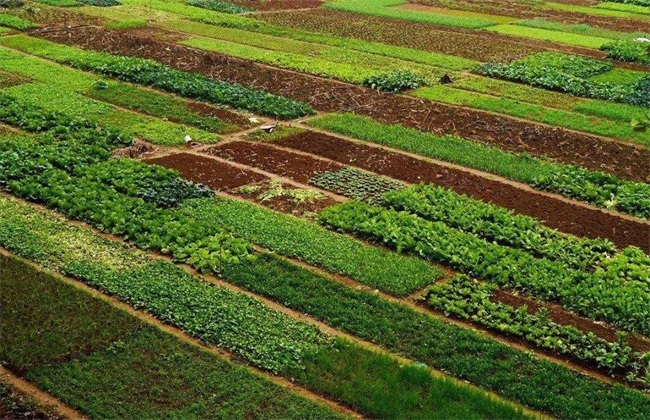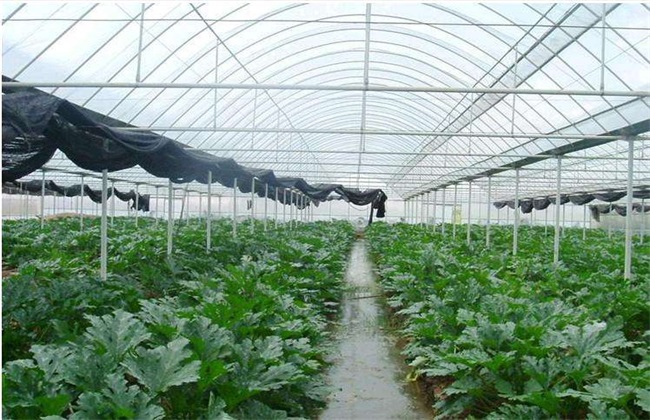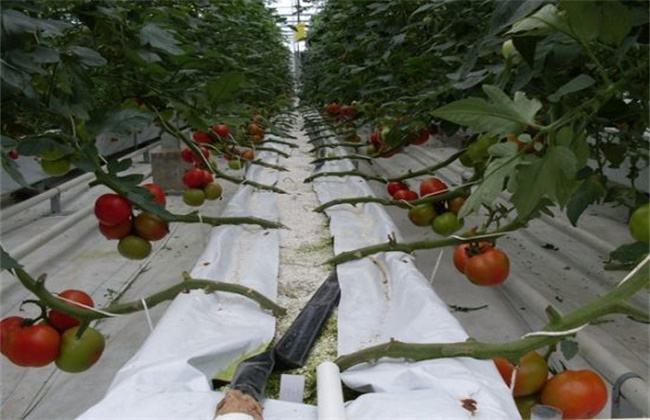How to use ecological measures to control vegetable diseases
Although vegetable planting is very common in our life, we often encounter some diseases. And the occurrence of vegetable diseases caused by continuous repeated planting for many years has a rising trend year by year. Many people give priority to chemical control when controlling vegetable diseases. In fact, compared with chemical control, ecological control can not only reduce costs, but also reduce pollution. So how to use ecological technology to control vegetable diseases? Let's take a look at it.

1. Clear the garden
When planting and producing vegetables, it is necessary to do a good job in clearing the garden every time after the vegetables are harvested. The residual branches, fallen leaves and diseased fruits of vegetable crops should be centrally cleared out of the field. Because these things have the possibility of carrying germs. Through overwintering and summer under these substances, and then come out for activities when the environment is suitable, leading to the disease of vegetables. Therefore, it is necessary to do a good job in clearing the garden after vegetable harvest and before planting. It is necessary to clean up the disease and weeds, and then dig deep into the soil for disinfection, which can effectively reduce the spread speed and incidence of bacteria.
2. The arable land is covered with a shed.
In the hot summer environment, if vegetables change stubble, then before planting, it is necessary to turn the soil thoroughly and deeply to destroy the living environment of the bacteria. Because the temperature is high in summer, we can disinfect it by stuffing the shed at high temperature. Pour plenty of water after turning the soil deeply. Then close all the vents in the greenhouse so that the temperature in the upper layer of the soil can be as high as 70 degrees. Most germs cannot survive in a hot environment. This method is very suitable to be used in greenhouses with serious soil-borne diseases, and the effect is very obvious if it is used with chemicals.
3. Rational crop rotation
The diseases of many vegetable crops are mostly caused by soil-borne diseases. On the other hand, soil-borne diseases are caused by continuous cropping, so many vegetables can not be continuously cropped. Therefore, it is necessary to do a good job of crop rotation, such as flood-drought rotation, vegetable-grain rotation, vegetable-vegetable rotation and so on. According to the survival of the bacteria and the actual situation of the environment, we should eliminate the bacteria by the method of rotation. To reduce the spread of bacteria, rotation can not only reduce the number of bacteria in the soil, but also enhance the stress resistance of vegetable plants.
4. Planting crops to control diseases
Many vegetable crops actually have the function of controlling diseases. For example, green onion, green onion is a kind of spicy crop. During the growth, its rhizosphere can produce a kind of antibacterial microorganism, which can inhibit the reproductive activity of the disease. In order to reduce the incidence of disease. So when we grow vegetables, we can interplant them with green onions, intercropping and so on. Can control bacteria, reduce the number of bacteria and so on. To provide guarantee for the normal growth of vegetable crops.
The above is a brief introduction to how to use ecological technology to control vegetable diseases. That's all for today's introduction. This article is for reference only. I hope it can help you all.
Related
- Where is it suitable to grow horseradish in China? it is expected to see the middle altitude horseradish in Alishan.
- How to prevent tomato virus disease reasonably? (Control methods included)
- Many people like to plant towel gourd on the balcony. What are the main points of this method and management?
- What crops can chili peppers be mixed with?
- Fertilization techniques and matters needing attention in Tomato
- What are the grafting techniques for peach seedlings in spring?
- Harm and control methods of root swelling disease of Chinese cabbage
- What are the pests of sweet potatoes? How to prevent and cure it?
- Symptoms, causes and Control methods of navel Rot in Tomato
- The cause of "Cucumber rotten bibcock" in Farmers' planting Cucumber and its Control Plan



